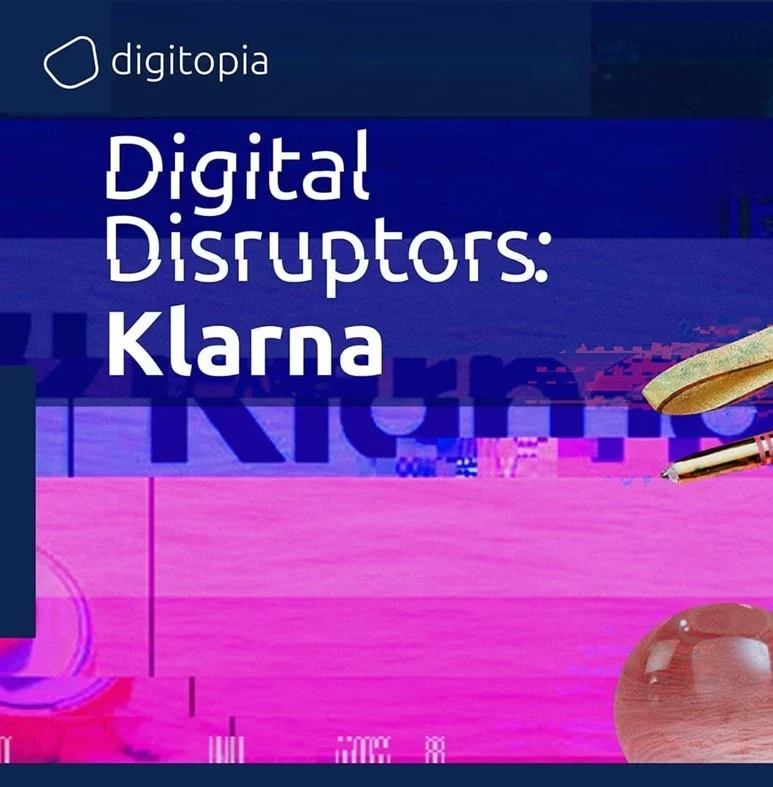
Klarna creates “smoooth” sailing for eager buyers. The pandemic has irreversibly changed the dynamic between the retailer and the consumer; the customer has become more reliant on e-commerce, last mile delivery, and digital experiences. Merchants are facing a retail re-birth through mobile and digital capabilities making customers demand more transparent and flexible services tailored to their needs. This makes the retail market more competitive than ever before.
Flexible? Klarna prefers “smoooth”. Stockholm based Klarna Bank AB is a FinTech company that was founded in 2005 and is now valued around $31 billion. The company’s mission is to deliver the “smooothest” shopping experience with “Buy Now Pay Later” (BNPL) financing.
Today, Klarna’s services are available in more than 200,000 shops, including big brands such as H&M, Nike, Adidas, Foot Locker, and Sephora. It is said that there is a new merchant added to the Klarna system every seven minutes. With 85 million customers worldwide, and that number is growing fast, Klarna is currently eyeing an IPO in the London market. Klarna is disrupting the traditional retail, e-commerce, and financial services industries.
What’s the Big Deal?
Klarna’s core value proposition is to allow customers to purchase the item first and worry about paying it later, as is the practice in the BNPL financing model. Once a customer buys an item, Klarna pays the retailer immediately, and the gives the consumer the option to pay Klarna back immediately, in 30 days, over a course of four interest-free payments or within six to 36 months, with interest.
The companies’ aim is to improve the checkout rates and decrease the shopping cart abandonment rate by eliminating the financials worries of the customer and offering the most frictionless checkout experience; as Klarna calls it “smoooth” experience. Taking it another notch, Klarna promises consistency in “smooothness” of the entire shopping process including inspiration and motivation to buy, easy payment, and a seamless post-purchase process with its app.
Moreover, the company believes the traditional Customer Lifetime Value equation is no longer applicable in the modern dynamics of retail. In their report Fast-Track Upturn., Klarna explains a success model that also includes the “Klarna Effect”, but most importantly addresses the paradox of how to maintain Customer Acquisition Costs (CAC) low, lift Customer Lifetime Value (CLV) and boost propensity to buy at the same time.
The Core Disruption
The company attributes its success mainly to their “customer obsession”, including both the consumers and the retailers in that definition. Klarna’s loyalty program Vibes and shopping events such as “Playing for Keeps” and “Hauliday’ ‘ are great examples of its customer efforts. On the other hand, the company donates $4.5 million to merchants with its Small Business Impact Initiative and created an expanded suite of marketing products and services designed to provide retailers with even more tools to drive consumer demand.
That “customer obsession” is one of eight company values of Klarna’s including “Challenge status quo”, and “Courage”. The company is made up of 450 teams that “operate like independent start-ups aligned on our overarching vision and mission.” This model enables the company to work on multiple projects in parallel in an iterative, experimental and agile way.
Under the ambition of unlocking the true value of modern retail, Klarna aspires to innovate shopping and retail experiences in its Klarna Future Shopping Lab. The first project of the lab was the future of mailbox: “transforming it from a static relic to a modular platform for future e-commerce, deliveries, returns, and shoppable neighborhoods.”
The Digital Superpowers
Design: Klarna has its dedicated in-house Brand Studio that creates its unique brand identity and designs the experiences for the users.
Connectivity: Klarna’s all shopping methods are embedded in the retailers’ check-out with a single integration, both boosting conversions for merchants and collecting holistic data by tracing the customer journey end-to-end.
Speed: To keep its promise of frictionless check-out, Klarna runs background checks and evaluates the credit score of the customer in the matter of seconds with the help of artificial intelligence.
Intelligence: The Klarna On-Site Messaging platform handles 100M+ user profiles and generates personalized messages within 50 milliseconds to create truly personalized experiences.
Lessons Learned
Klarna is disrupting many industries at once by taking the customer’s needs at heart and covering the whole customer journey by itself. Instead of just being a simple mediator, Klarna wants to be involved and improve every step of shopping for all the stakeholders.
The company’s customer-centricity is strengthened with its conscious design approach, agile operational model and empowering culture, and innovative and experimental outlook. Klarna, as a fin-tech company, is a great example of addressing a problem holistically.
The Digital Maturity Connection
Competition within the financial services sector is sure to intensify. New entrants are relatively better at offering solutions that are beautifully designed, simple-to-use, fast and customised. Traditional banks, on the other hand, are equipped with established deposit and lending relationships, robust infrastructure, regulatory know-how and a relatively better reputation for security. All in all, we are experiencing a transformation within the financial sector.

